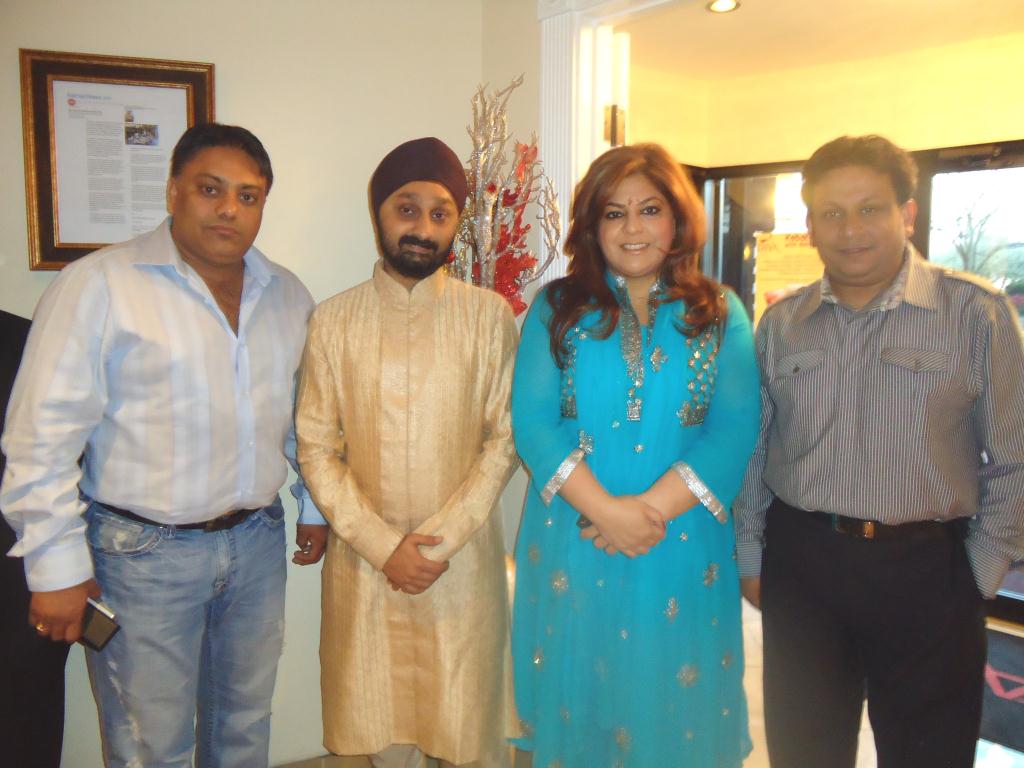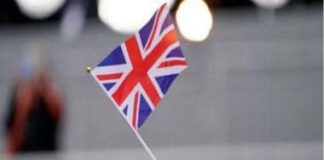OCTOBER 31, 2022

Sonia Gandhi had just finished washing her hair when she heard gunshots. Initially, she could not figure out the sound, which sounded like a close burst of Diwali crackers but with a peculiar difference. She then began sprinting, screaming, crying “mummy, mummy.”
Still wearing a gown, Sonia cradled Indira’s head on her lap as the white ambassador raced the three kilometer distance to Delhi’s premier All India Medical Institute of Medical Sciences (AIIMS). Indira was perhaps dead on arrival but doctors laboured for hours to revive her, giving her uninterrupted blood transfusions.
On the morning of October 31, 1984, Indira kissed her grandchildren goodbye before they left for school. Priyanka noticed that her grandmother held her longer than usual. Indira then moved to Rahul, who was barely 14.
The grandmother used to share subjects that she often avoided confiding in Rajiv or Sonia. She had asked young Rahul to “take charge” and not to cry in the event of her death. This was not the first time Indira had spoken about death to Rahul. A few days earlier, she had told him about funeral arrangements and told him she had lived her life.
Death was much on her mind. Indira had written in October 1984 that if she died a violent death, the violence would be in the thought of the assassin, not in her death: “for no hate is dark enough to overshadow the extent of my love for the people and my country, no force is strong enough to divert me from that purpose and my endeavor to take this country forward.”
On 31st October 1984, Indira began her official engagements with an interview with Peter Ustinov. The cameras were in place when Indira began walking, sporting a bright saffron-colour saree at 9:12 am. As she crossed the wicket gate between 1, Safdargunj Road, her home to 1, Akbar Road office, she acknowledged the greetings of a turbaned security guard.
As she smiled back, she saw him training a gun on her. Narain Singh, who was holding an umbrella over Indira, threw the umbrella shouting for help. But before he and other guards of the Indo-Tibetan Border Force could reach the spot, assassins Beant and Satwant Singh had pumped in 36 bullets.
Indira was advised to wear a bulletproof vest and remove Sikh security guards but she had refused to do both. She felt it was unnecessary to wear a heavy bulletproof jacket at home and hated the idea of “discriminating” among her security guards.
In fact, a few weeks ago, Indira had rather proudly pointed at Beant Singh saying, “When I have Sikhs like him around me, then I do not have to fear anything.” After her assassination, many wondered why the matter of keeping Sikh security guards was referred to her. After all, A VVIP is never involved in the arrangements concerning its own security.
Indira had an obsessive fear of her family being harmed. P.C. Alexander, who served as secretary to her, recalls, “From June 1984 she lived with a dreadful thought. She kept repeating that there was a plot to kidnap children. Nothing I said could allay her fears.”
When Arun Nehru arrived at AIIMS, he saw a hysterical Sonia fearing for the lives of Rahul and Priyanka. She kept telling Arun Nehru that Indira had feared a repetition of Mujib-ur-Rahman, the towering Bangladeshi leader whose family, except for daughter Hasina, up to three generations, was wiped out to the third generation.
When Arun Nehru reached the Safdargunj Road residence of Indira, Rajiv, and Sonia, he was stunned that there was not a single security guard to protect young Rahul and Priyanka. Someone had brought them from school. Arun Nehru then took them to Teji Bachchan’s (actor Amitabh Bachchan’s mother) Gulmohar Park residence for safety.
When Indira’s body was in state at Teen Murti House, a crowd waiting outside for a last chance to see her mortal remains chanted, ‘khoon ka badla khoon’ (blood for blood). Delhi, which saw the worst massacre during Nadir Shah’s invasion, saw blood everywhere. Within the span of three days, over 2500 were killed, and many burnt alive.
In the Indira assassination case, her close aide R.K. Dhawan’s name came under cloud when a commission of inquiry by Retired Justice Thakkar recommended that the “Central government should seriously consider the question of appropriate agencies to investigate the matter as regards the involvement of R.K. Dhawan, the then special assistant to the former prime minister” in the crime.
Dhawan had joined Indira’s staff in 1962 and stayed with her till the end. Many people came and went, including the likes of P.N. Haksar, P.N. Dhar, and R.N. Kao. Rajiv Gandhi and the Congress decided to relegate the Thakkar report to the archives. Dhawan was given a clean chit. On his part, Dhawan, who died this year, denied the allegation vehemently and kept insisting his shirt was dyed with Indira’s blood.
A few years after Indira’s assassination, Dhawan had narrated the entire sequence of events of October 31, 1984. Since Indira had returned from a trip to Bhubneshwar the previous night, Dhawan had suggested that the morning’s durbar should be cancelled and she should take rest. But Indira insisted on the appointment with Peter Ustinov, as he had already recorded a part of the film during her Orissa tour. When Dhawan reached at 8 a.m. on October 31, 1984, Indira had demanded a good hairdresser and Nathu Ram, her attendant, had got one.
When Dhawan approached her, Indira was getting her hair styled. Apparently, she was very particular about personal aesthetics. So much so that Dhawan would often indicate to her if a hair was out of place, by placing his hand on his hair. Indira had planned a dinner for Princess Anne that evening at her residence. She instructed Dhawan on a few specifics about the guest list. “I still have the page on which I took her last orders,” recalled Dhawan.
By 9 a.m. she was ready for the film and she started walking towards the wicket gate connecting 1 Safdarjung Road with 1 Akbar Road. As usual, Dhawan was walking a few steps behind her. She was such a brisk walker that it was sometimes tough keeping pace with her.
As they walked, a waiter passed her cups and saucers on a tray. She stopped and asked the waiter to show her the cups and asked him where he was taking them. The waiter said Ustinov had asked for a full tea set to be placed before her during the interview. She immediately dismissed the tea set and instructed him to go back and get the special ones.
As soon as she reached the wicket gate she folded her hands in ‘namaste’ for the guards. Dhawan said he saw Beant Singh raise his pistol and shoot at her. She spun and fell on the ground. Even as she fell, Satwant Singh started firing his Sten gun at her fallen body. She was not even standing when Satwant fired at her. Such was the brutality.
In the melee that ensued, there was no ambulance to take Indira to the hospital. She was made to lie in an Ambassador by Sonia Gandhi.










































































































